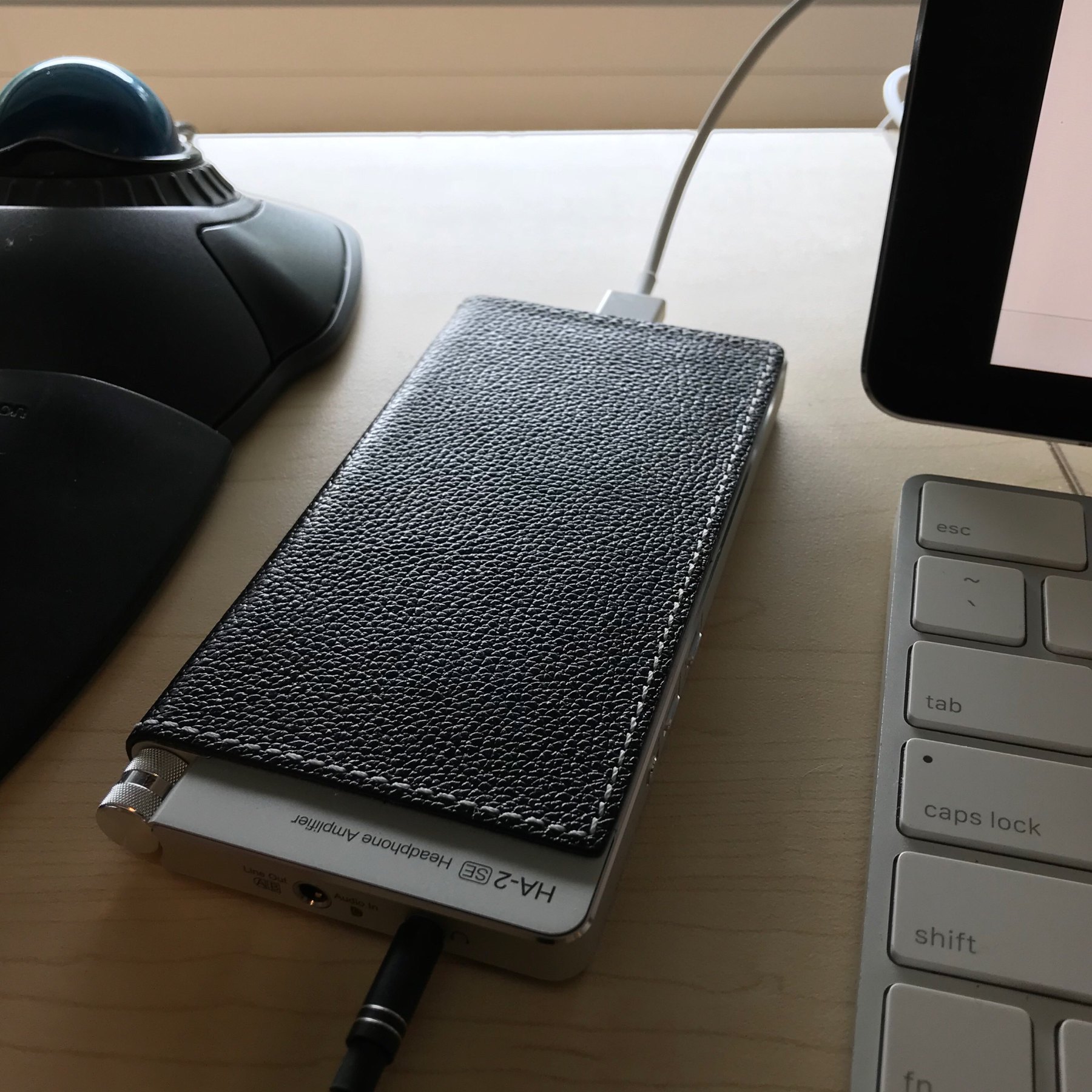I took a break from SwiftoDo development to build a new app, Simple Call Blocker, which I posted about earlier this week. Building it was a fun diversion, and I learned a lot in the process, too. If you’re reading this, you’re probably wondering what’s up with SwiftoDo, however. I have been working on it this summer, too.
Since this spring, I have been promising everyone that I’m working on iOS 11+ Files app integration. This feature will let SwiftoDo open files from any cloud service provider that ties into the iOS 11+ Files app. That includes Dropbox, Box, NextCloud, OneDrive, Google Drive, and many others. Adding additional data providers to SwiftoDo has been a long time coming.
Some background on SwiftoDo data providers
I designed SwiftoDo data providers to be plugins that could be swapped out, which would allow me to support numerous cloud storage providers. I have had so much trouble getting the Dropbox data provider to be solid and stable, however, that I was loath to create more data providers. My thinking was that I was liable to cause more problems for my users (and myself!) than I would solve. Therefore, I concentrated on fixing up the Dropbox data provider code, which is now, after three or four rewrites, pretty solid.
(The Dropbox data provider code has always worked, but it had a rare but nasty crashing bug for some time, and some issues related to stability, ability to handle spotty network connections, and ability to handle, gracefully, Dropbox “rate limit exceeded” API responses.)
iOS 11’s Files app, which I did not anticipate being available when I first wrote SwiftoDo, obviates the need for additional “native” data providers. I just wasn’t sure if SwiftoDo would be able to tie into it.
Can Files integration be used for SwiftoDo?
I have been under the impression that integrating with the Files app would require a rewrite of major sections of the app, or would simply not work well due to sandboxing limitations. I thought this because all Files-based iOS apps that I have used follow Apple’s “Document-based app” template very closely: Think “Microsoft Word” rather than “Reminders” in terms of user interaction patterns. They open to a file browser, you open a document (typically a single document), work on the document, save it (automatically), and close the app. The life cycle of a document is fairly limited: after the app is killed, your file is closed and does not reopen on load. Most of these apps don’t work offline at all, unless you’re working with local-only files, because they can’t open your file.
In contrast, SwiftoDo works a lot differently. It manages your task list locally and syncs it to an external file. It lets you archive completed tasks to a second external file. It keeps the opening and choosing of files down to a minimum. Most users set up their todo.txt and archive files once and never touch those settings again. It lets you work offline (primarily in “manual sync mode”, but also when the network is unavailable) and sync your changes to the cloud on demand.
Integrating SwiftoDo with the Files app, without giving up anything, seemed like it might be a considerable challenge.
A “Files” data provider
To my surprise, implementing a “Files” data provider has not been as challenging as I thought it would be. Accessing documents via the iOS document picker and restoring them after the app is killed, via secure bookmarks, is actually pretty easy. It took me only a couple hours to set up a data provider that would upload and download to iCloud Drive and even Dropbox through the Files app.
That is not nearly enough to ship the feature, though. There are still some issues regarding stability and error handling that I have to work through.
Adding this feature also prompted me to display file names in Settings (rather than 2 screens deep in Settings) and atop the task list in the main view.
What is next?
After I finish the Files data provider work, and the new Xcode and iOS versions are officially released, I plan to build SwiftoDo on the iOS 12 SDK and drop iOS 10 support. I’ve been thinking of bumping the version number to 3.0 at that point, to mark the change in iOS compatibility.
I will also consider the future of Files integration in SwiftoDo. It temping for me to remove the entire “data provider” layer and just make SwiftoDo a normal iOS document-based app. That would be a big deal, and I would not make that change unless I understood fully what that would mean for users. I also have to consider how long I will continue to support the existing Dropbox data provider, as it will be somewhat redundant.
After that, I will have the opportunity to simplify the codebase quite a bit. It is tempting for me to rewrite some or all of the UI layer, to incorporate the new techniques I have learned since coding version 2, over a year ago. Any changes to the UI code will probably be related to new features or a minor redesign of the sorting/filtering interface that I have been thinking about.
